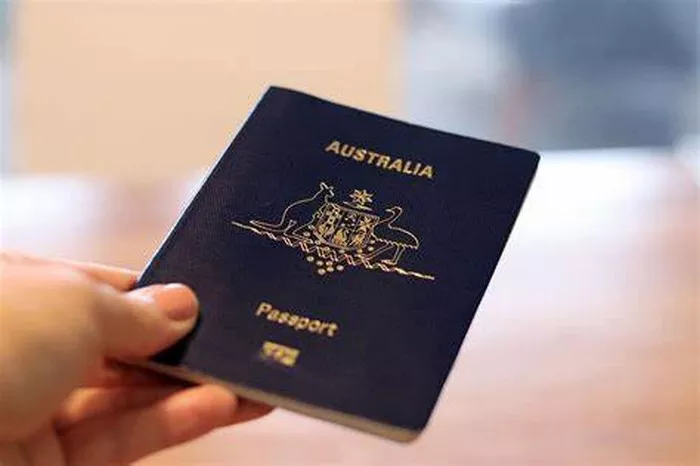Australia has seen a significant decline in study visa grants for offshore applicants in early 2024, according to the latest data from the Australian government. The Department of Home Affairs reported a 29.1% decrease, with 74,421 study visas granted from January to April this year, compared to 104,808 in the same period of 2023.
This reduction, while notable, contrasts with the more drastic 50% decline observed between 2019/20 and 2020/21 during the peak of the Covid-19 pandemic, as highlighted in a recent ICEF Monitor report.
The decline is attributed to tightened migration policies and stricter visa approval standards. Sectors such as vocational education, training, and English Language Intensive Courses for Overseas Students have particularly felt the impact, experiencing their lowest visa grant rates in over a decade, excluding the pandemic period. These sectors have contributed significantly to the overall decline in visa grants, according to the report.
Since late last year, Australia has implemented several policies aimed at reducing immigration, including cutting the validity period of international student visas from four to six years to two to four years. Universities have been categorized into risk-based groups for recruitment purposes.
In March, the English language requirement for international students was raised to 6.0-6.5 IELTS, an increase of 0.5 points, and restrictions on part-time work were introduced, limiting it to 24 hours per week.
In response to these measures, the financial proof requirement for international students was raised to AUD$29,700 (US$19,800), a 20% increase from previous levels. Additionally, the conversion of tourist visas to student status will cease from next month, as announced by the Home Affairs Department last week.
These stricter measures have resulted in higher rejection rates and an overall drop in approval rates from 80.5% to 77.4% compared to the previous year.
Industry representatives have expressed concerns about the financial sustainability of education providers, still recovering from the pandemic, and the potential for job losses due to these stringent policies.
Despite these challenges, Australia remains a leading destination for international students, with its education sector being one of the country’s largest export industries, valued at AUD36.4 billion (US$24.3 billion) last year. As of March this year, Australia hosted over 740,000 international students, with Vietnamese students comprising 5% of the total.


